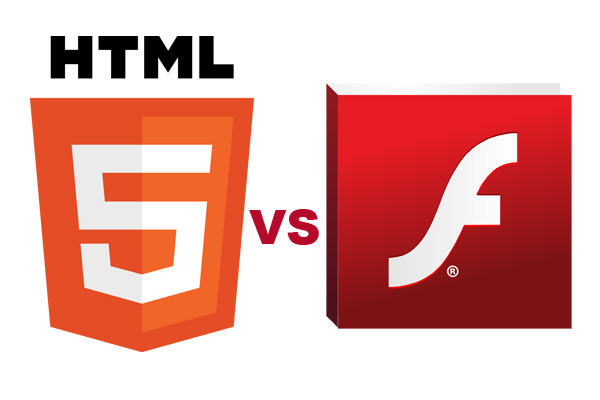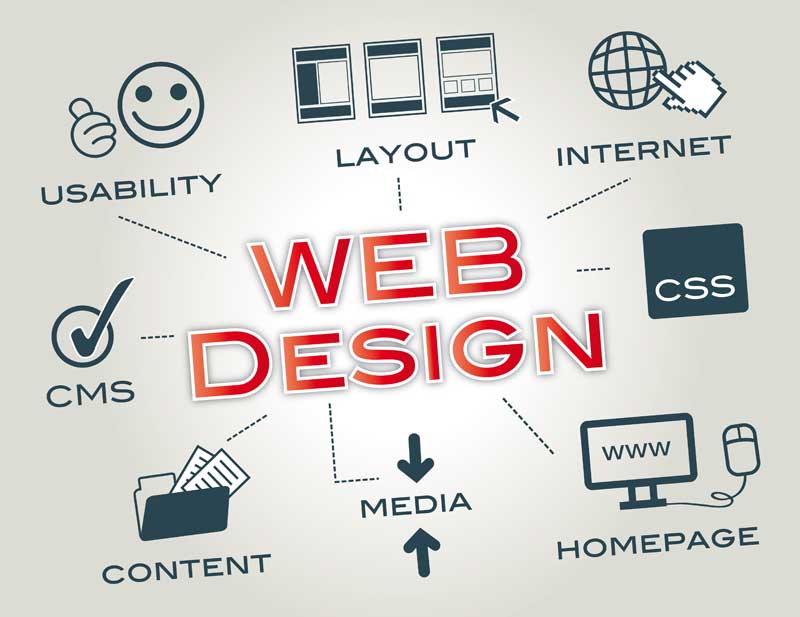HTML5 Vs Flash What Is Better
HTML5 works well to include other innovations such as Cascading Design Sheets (CSS) and Canvas, which has led to the production of a few of the cutting edge layouts and coolest animations. Google runs Chrome Experiments, a website whose purpose is to display the latest and most imaginative JavaScript apps, CSS designs and animations done by integrating Canvas and HTML5. Newest variations like Chrome 21 support brand-new functions which allow a web page to access your microphone and web cam, making video chats much easier than before.
In online video gaming, Flash has actually outshined HTML5 but Chrome is working on functions that will support gamepads straight from the browser level, providing computer game addicts a need to stick to this internet browser. Assistance for more devices grows with the introduction of Chrome for Android, which is built on the HTML5 technology. This is bound to increase the performance of mobile devices, an area that has great prospective for enhanced functions and further developments.
CONCLUSION
There have been previous claims that major websites are taking sides in the ever-growing debate on Flash versus HTML5. Apple and Google were among the very first ones to welcome the new technology by integrating the use of HTML5 in Safari and Chrome web browsers. However, leading video website YouTube and Hulu have insisting on using Flash over HTML5, declaring that it does not meet all their customers’ requirements in terms of streaming, securing content and high performance rendering for videos. This suggests that Flash is not about to exit from the scene, even as HTML5 continues gather momentum, with more web designers deciding to use it there visualization projects. Flash still has a commanding lead while HTML5 has an appealing future. In the middle of all this, Chrome continues to support both technologies, leaving it up to the users to pick what is finest them.




